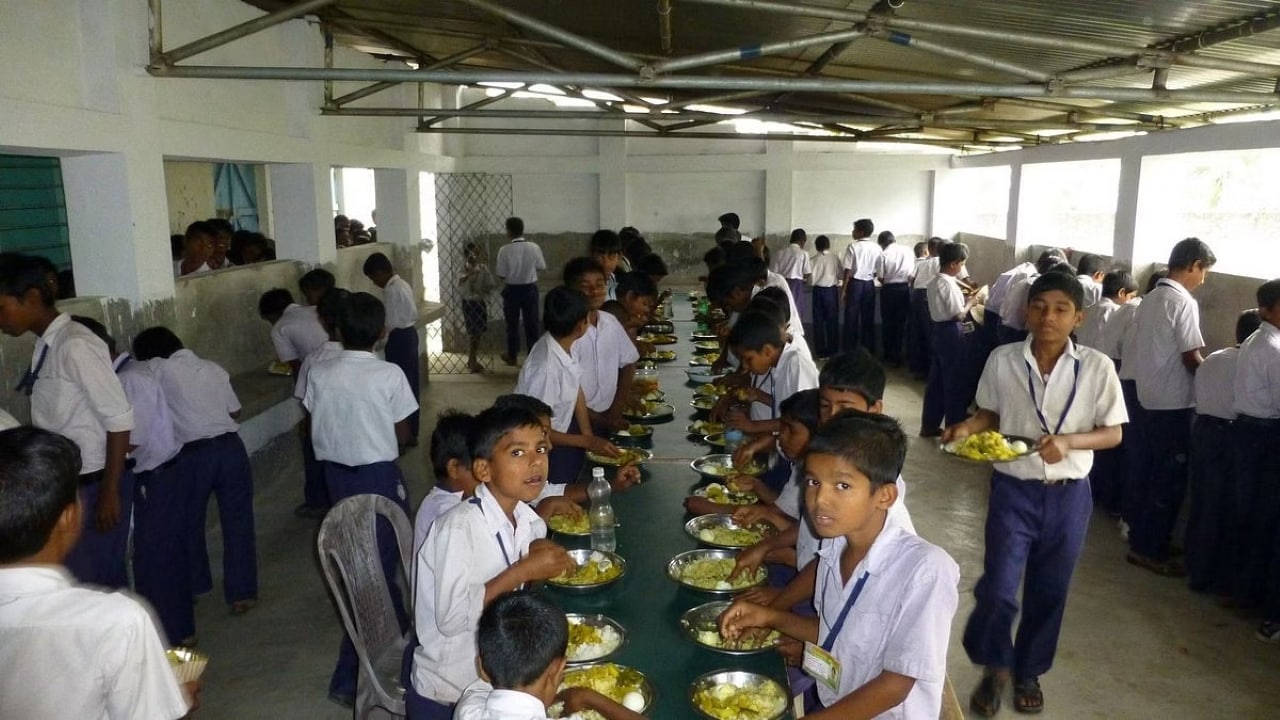

The year saw over 740 welfare schemes in operation, ranging from free health insurance for weavers to increasing the scope of the mid-day meal scheme for school children. The year witnessed schemes to income support for farmers to incentivise rooftop solar panels for electricity generation.
The cost of welfare schemes
In Maharashtra, the Ladki Bahin scheme, which promises ₹1,500 a month to every female resident between the age of 21 and 65 years, is projected to cost ₹46,000 crore to the state exchequer.
The addition of schemes like these has pushed the state’s fiscal deficit beyond ₹2 lakh crore, beyond the ceiling of 3% of Gross State Domestic Product recommended by the Fiscal Policy and Budget Management Act.
In Himachal Pradesh, populist measures like the Old Pension Scheme and monthly payments to women have left the state struggling to pay salaries to government employees. The state has taken drastic measures to tighten the belt; it even shut down government hotels and scrapped some old welfare schemes.
Karnataka and Rajasthan are also grappling with delayed payments and financial crises due to their poll promises.
“When you are pushing your fiscal in supporting schemes which are not necessarily leading to any productive gain in the economy and also lead to labour market disorder, it will clearly impact the fiscal and overall productivity of the economy, which will impact the GDP,” Madhavi Arora, Chief Economist at Emkay Global, said.
According to a study by economists, 16 states have together launched over 100 such schemes since 2020. The cost of two-thirds of these schemes is pegged at ₹5.1 lakh crore, which is 1.6% of the country’s GDP.
A report by CRISIL said eleven states in India are set to together spend a record ₹4 lakh crore on welfare schemes. That’s 13% of their total expenditure. In contrast, these states are spending only 10-11% of total expenditure on education, 6-7% on power, 6-7% on agriculture and 4-5% on health.
NK Singh, the chairperson of the 15th Finance Commission, has called these a “passport to fiscal disaster”. Experts worry the number and scope of welfare schemes could get worse in 2025, especially as important states like Bihar and Delhi brace for elections.



